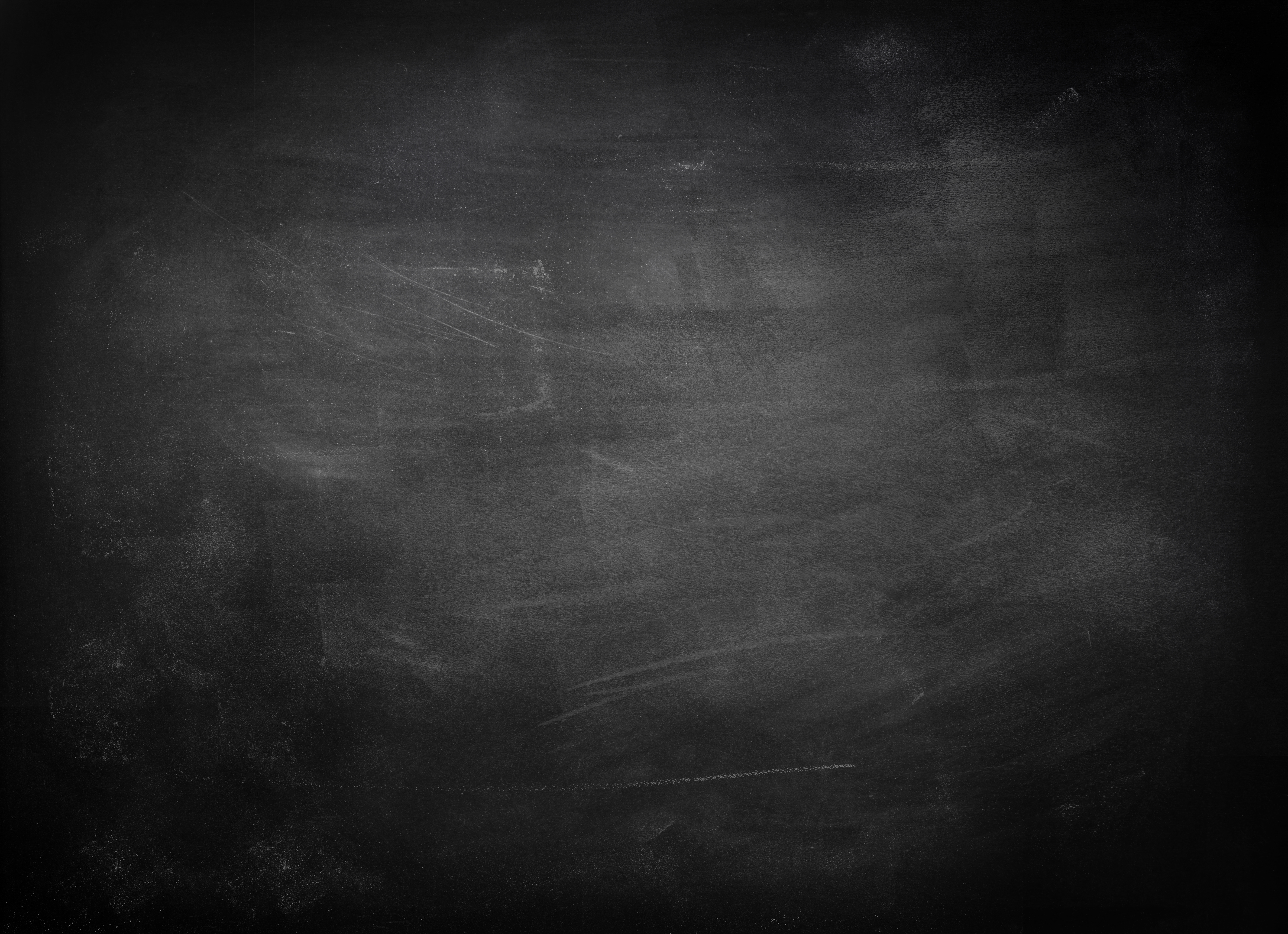What is the difference between a chalkboard and a blackboard?
Juvale 6-Piece Chalkboard Sign Blackboard Black Board with Chalk Markers & Eraser 14.25 x 9.6 in $69.99 21.5" x 27.5" Calter Framed Magnetic Dry Erase Monthly Calendar Gold - Kate and Laurel
Why is chalk used on blackboards?
How to write with a chalk on a blackboard?
Why is a blackboard now called a chalkboard,?

What is blackboard chalk?
A soft, chalky stick used to write on blackboards by students and teachers since the early 1800s. Blackboard chalk originally contained Calcium carbonate typically bound with kaolin clay, Oleic acid, and Sodium hydroxide.Apr 29, 2016
Is chalkboard same as blackboard?
As nouns the difference between chalkboard and blackboard is that chalkboard is a slate board for writing on with chalk; a predecessor to a whiteboard while blackboard is a large flat surface, finished with black slate or a similar material, that can be written upon with chalk and subsequently erased; a chalkboard.
Why are chalk boards called blackboard?
So what's up with the name? Originally, blackboards really were black. Before wall-sized chalkboards existed, late 18th-century students used their own mini boards made of slate or painted wood, according to Concordia University. Those first boards were, in fact, black, and they paved the way for the larger ones.Nov 24, 2017
Is blackboard chalk real chalk?
Blackboard and sidewalk chalk were originally made from the sedimentary rock of the same name; a form of soft limestone. Chalk, composed principally of calcium carbonate (CaCO3), formed underwater by slow accumulation and compression of the calcite shells of single-celled coccolithophores.Oct 19, 2009
Do schools still use blackboards?
These days, most chalkboards are sold to restaurants, not to schools. The link between whiteboards and digital culture helped many U.S. schools adopt smartboards. By 2014, 60 percent of K-12 classrooms had interactive whiteboards, a figure that's expected to increase to 73 percent by 2019.Oct 13, 2016
What are the four types of blackboard?
There are many different types of chalkboards available on the market, all designed to help your business. Which ones are best for your business?...The different types of chalkboard signsTable Top Chalkboards. ... A-Board Signs. ... Chalkboard Panels. ... Chalk Insert Panels. ... Exterior Traditional Chalk A-Board Signs. ... Framed Chalkboards.Sep 3, 2019
Who invented chalk board?
James PillansSo who deserves credit for the invention of the blackboard? James Pillans, Headmaster of the Old High School in Edinburgh, Scotland has been credited with the invention. He first used the boards to teach his geography lessons to his students.Jan 24, 2012
Who invented whiteboard?
Some say it was Martin Heit, a photographer who came up with the idea when he noticed that ink on the back of his film negatives could be easily wiped away. Others maintain that Albert Stallion, who worked for a major steel manufacturer in the UK, invented the whiteboard.Jun 12, 2019
Who found black board?
Blackboard Inc.TypePrivately heldFoundedJanuary 1997 Washington, D.C., U.S.FoundersStephen Gilfus Daniel Cane Michael Chasen Matthew PittinskyHeadquartersReston, VA , U.S.Number of locations189 more rows
Are chalks edible?
While chalk is minimally toxic, not poisonous in small amounts, and may not hurt you, it's never a good idea to eat chalk. A pattern of eating chalk is a different story, however. Eating chalk often can disrupt your digestive system and cause damage to your internal organs.Dec 9, 2019
What are chalks made of?
chalk, soft, fine-grained, easily pulverized, white-to-grayish variety of limestone. Chalk is composed of the shells of such minute marine organisms as foraminifera, coccoliths, and rhabdoliths. The purest varieties contain up to 99 percent calcium carbonate in the form of the mineral calcite.
Can vegans use chalk?
Chalk is usually made from natural minerals, so it's vegan in a sense. The chalk produced from the deposition of the already dead marine animals is vegan, too, as it is animal-friendly.
Popular Posts:
- 1. pgcc blackboard home page
- 2. company history blackboard
- 3. blackboard safeassign teacher submit
- 4. online learning via blackboard
- 5. blackboard "my tasks" due instructor
- 6. how do i resubmit on blackboard
- 7. blackboard tutorial for instructors
- 8. ccbc catonsville blackboard
- 9. how to include course point into blackboard
- 10. blackboard learn now working